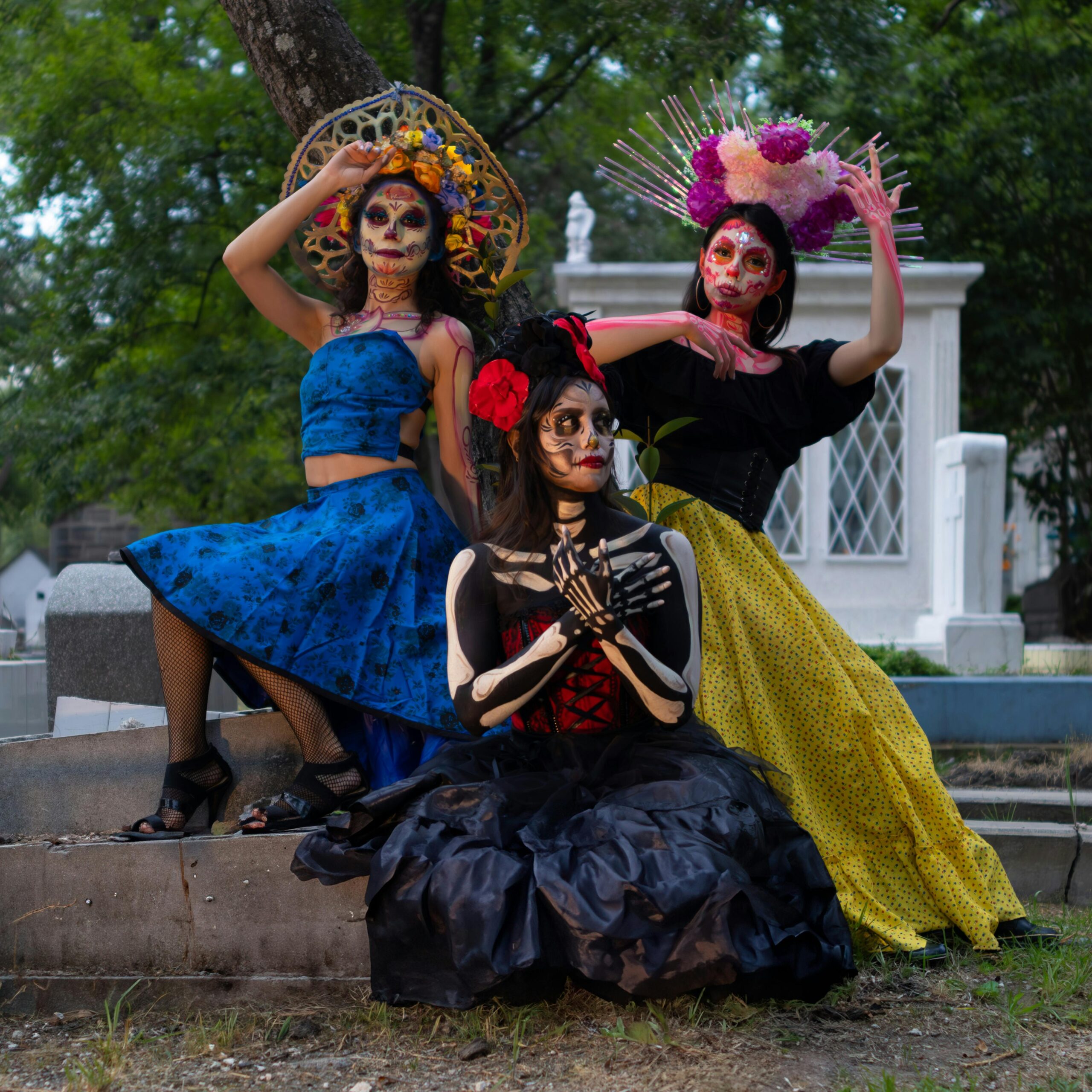
Cultural Perspectives on Death and Burial Practices
Cultural Perspectives on Death and Burial Practices
Death is the one constant that connects all humanity, regardless of where we come from or what we believe. It’s a shared experience that every culture confronts in its unique way, shaping rituals and practices around it. Understanding these diverse perspectives isn’t just fascinating—it’s essential for fostering respect and empathy across cultural boundaries. By delving into the varied customs surrounding death and burial, we gain insight into the values, beliefs, and traditions that define different societies. This exploration not only broadens our cultural horizons but also enriches our understanding of life itself.
1. The Universal Nature of Death
Death is an inevitable part of life, a reality that every culture must face. While the experience of loss is universal, the ways in which different societies cope with it can be incredibly varied. Cultural beliefs play a crucial role in shaping our attitudes towards death and mourning. They influence how we grieve, how we remember those who have passed, and how we make sense of our mortality.
For instance, in many Western cultures, death is often viewed with a sense of finality and sorrow. Funerals tend to be somber events where the focus is on saying goodbye. In contrast, some Eastern traditions view death as a transition rather than an end. In Hinduism, for example, the soul is believed to reincarnate, and the death ceremony, known as Antyesti, reflects this belief with rituals aimed at aiding the soul’s journey to its next life.
2. Unique Burial Practices Around the World
When it comes to burial practices, the world offers a tapestry of rituals that reflect deep-seated beliefs and values. Let’s dive into some of the most unique and intriguing ones.
Sky Burial (Tibet)
In the high altitudes of Tibet, the sky burial is a profound ritual where the deceased’s body is left exposed to the elements and scavenging vultures. This practice stems from the Buddhist belief in the impermanence of life and the cycle of rebirth. By offering the body to nature, Tibetans honor the dead while supporting the continuity of life. The ritual underscores the belief that the physical body is merely a vessel and that the soul continues its journey after death. More about this can be explored here.
Famadihana (Madagascar)
In Madagascar, the “turning of the bones” ceremony, known as Famadihana, is a joyous occasion. Families exhume their ancestors’ remains, rewrap them in fresh cloth, and dance with them around the tombs. This celebration reinforces the connection between the living and the dead, emphasizing that death is just a step in the ongoing relationship with ancestors. Famadihana is not just a ritual but a grand family reunion, where stories are shared, and the deceased are remembered fondly. Learn more about Famadihana here.
Water Burial (Nordic Countries)
Nordic traditions often include water burials, where bodies are sent out to sea on specially prepared boats. This practice reflects a deep connection to nature and the belief in the sea as a gateway to the afterlife. It’s a poetic return to the elements, emphasizing the cyclical nature of existence. Water burials are not only a means of honoring the dead but also a way of maintaining a spiritual connection with the natural world. For more details on Nordic water burials, click here.
The Parade (India)
In the holy city of Varanasi, India, funeral processions are vibrant and elaborate. Bodies are carried through the streets adorned with flowers and bright cloth, accompanied by music and chants. The use of colors and rituals signifies the celebration of the departed’s journey to the afterlife, a final farewell filled with hope and reverence. Varanasi, situated on the banks of the Ganges River, is considered one of the holiest places for Hindus, and many believe that dying here offers liberation from the cycle of rebirth. Discover more about Varanasi funeral processions here.
Tower of Silence (Zoroastrianism)
Zoroastrianism, one of the world’s oldest religions, practices the ritual of leaving bodies on elevated platforms known as Towers of Silence. Here, vultures consume the bodies, a process believed to avoid contaminating the sacred elements of earth, fire, and water. This practice underscores a deep respect for purity and the natural order. The Towers of Silence reflect Zoroastrianism’s emphasis on the duality of purity and defilement, and the importance of maintaining cosmic order. More about this practice can be found here.
Ashes to Death Beads (South Korea)
In South Korea, a unique practice involves turning cremated ashes into decorative beads. These beads are often kept as family heirlooms, symbolizing the transformation of death into something beautiful and enduring. It’s a poignant way to keep loved ones close and celebrate their lasting impact on the family. This modern practice combines traditional reverence for ancestors with contemporary artistic expression. Learn more about this tradition here.
Filipino Burial Traditions
The Philippines is home to diverse burial traditions, from dressing the deceased in their finest clothes to hanging coffins on cliffs. Each region has its own customs, reflecting a rich tapestry of beliefs about the afterlife and the importance of honoring the dead. These practices highlight the varied ways Filipinos connect with their ancestors and celebrate their heritage. For example, the Igorot people of Sagada place their dead in coffins hung on cliff faces, believing it brings the deceased closer to ancestral spirits. More information on Filipino burial traditions can be found here.
3. The Role of Rituals in Mourning
Rituals play a crucial role in helping communities cope with loss. They provide a structured way to express grief, celebrate the life of the deceased, and support one another. Whether through communal gatherings, symbolic acts, or shared meals, these practices offer comfort and a sense of continuity in the face of loss. They remind us that while death is an end, it’s also a part of the ongoing story of the community.
For instance, in many African cultures, funerals are community events where everyone comes together to mourn and celebrate. These gatherings often include music, dance, and storytelling, creating a space where grief is shared, and the deceased’s life is honored. Such communal support is essential for healing, as it provides a network of care and affirmation during a time of great vulnerability.
4. Cultural Organizations and Studies
For those interested in delving deeper into the anthropology of death and burial, numerous cultural organizations and academic studies offer valuable insights. Websites like the Cultural Heritage Organization provide resources and information on various practices. Academic studies, such as those found in the Journal of Death and Dying, explore the psychological and sociological aspects of how different cultures handle death. These resources offer a comprehensive understanding of the complexities and nuances of death rituals worldwide.
Additionally, books like “The Anthropology of Death” by Robert Hertz and “Death, Ritual, and Belief” by Douglas Davies provide in-depth analyses of death practices across cultures. These texts are invaluable for anyone looking to explore the subject further, offering detailed ethnographic studies and theoretical frameworks for understanding the role of death in human societies.
Conclusion
The diversity in death and burial practices across cultures is a testament to the rich tapestry of human beliefs and traditions. By understanding and respecting these differences, we can foster a deeper empathy and appreciation for the ways in which people around the world honor their loved ones. Death, though a universal experience, is marked by a profound variety of rituals that reflect our collective humanity.

